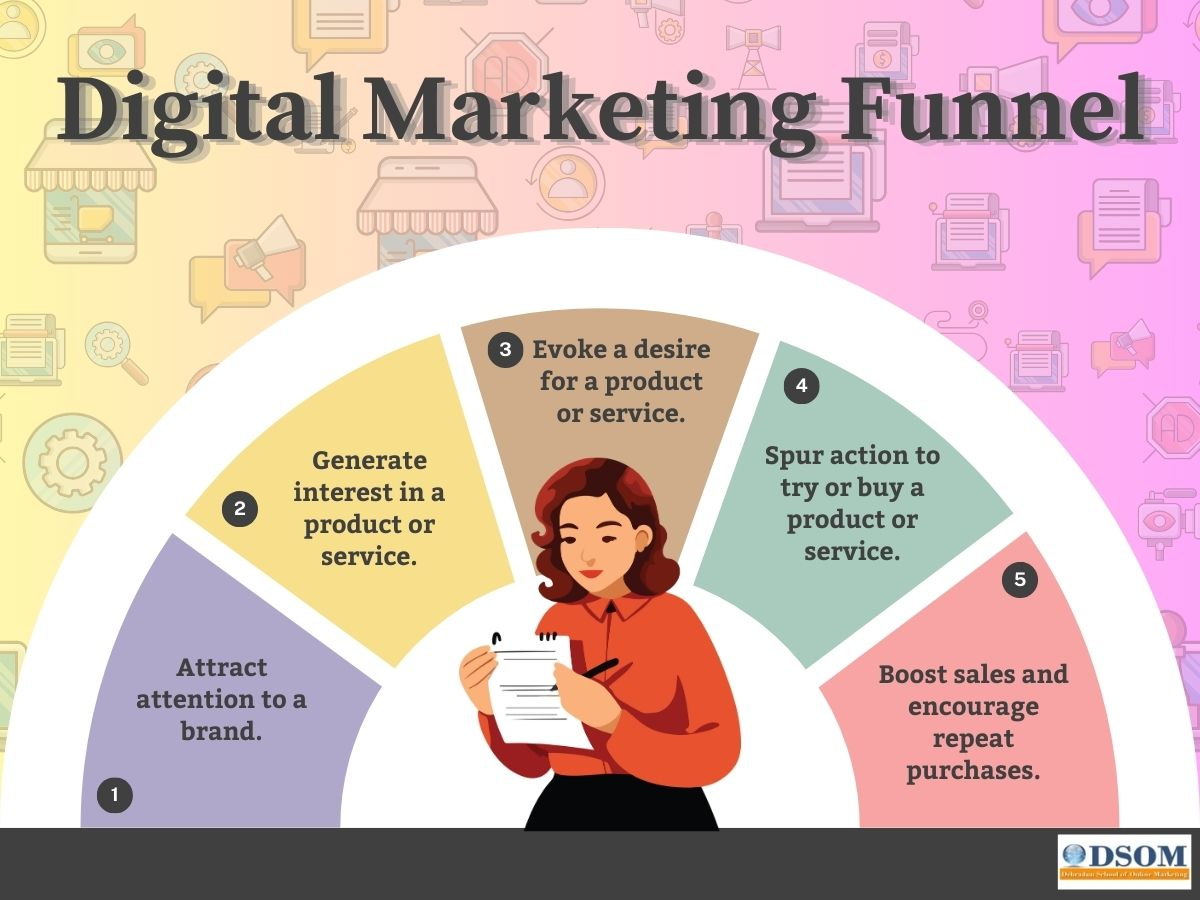Effective website design plays a crucial role in creating a positive user experience and achieving the desired goals of a website because a well-designed website not only attracts visitors but also engages and guides them smoothly through the content.
To effectively implement the principles of good website design and create a user-friendly web experience, it is crucial to understand users' behavior and thought patterns while interacting with websites.
Understanding User Behavior:
The behavior of users on the web is similar to that of customers in a physical store. Users quickly scan new pages, glance at text, and click on links that catch their interest or seem relevant to their search. Often, large portions of a page go unnoticed. Users are drawn to clickable and interesting content; if a page does not meet their expectations, they will hit the back button and continue their search. Quality content holds more value for users than the design itself.
Some of the Web Design Guidelines:
Users Don't Read, They Scan: Users tend to scan content, looking for specific anchors to guide them through the page's information.
Users Crave Instant Gratification: Web users are impatient, and if a website fails to meet their expectations quickly, they will leave, leading to potential revenue loss.
Users Satisfaction : Users choose the first reasonable option that appears to lead to their goal rather than searching for the quickest solution. Therefore, making information easily accessible is essential.
Users Follow Their Intuition: Users often rely on familiar patterns and habits, preferring designs that are easy to understand and use, even if they do not fully comprehend how they work.
Users Want Control: Users value control over their browsing experience, including consistent navigation and the ability to use the "Back" button to return to previous pages.
Let’s Now talk about the Principles of Effective Website Design:
Don't Make Users Think: Ensure the website is intuitive, with clear navigation and easily recognizable links. Reduce the number of questions users need to answer consciously.
Don't Squander Users' Patience: Minimize user requirements, avoid forcing them to share personal information for simple interactions, and allow visitors to explore without mandatory subscriptions.
Users Attention: Use visual elements to draw attention to important areas of the website and create a clear content hierarchy for easy comprehension.
Feature Exposure: Guide users with clear visual cues, such as 1-2-3-done steps, to lead them through the website's content in a user-friendly manner.
Make Use of Effective Writing: Adapt writing styles to users' preferences, using concise phrases, scannable layouts, and plain, objective language to convey information effectively.
Strive for Simplicity: Keep the website design simple and uncluttered, as users prioritize finding information over elaborate designs.
Don't Be Afraid of the White Space: Utilize white space effectively to reduce cognitive load, allow for easier scanning of content, and create a sense of visual hierarchy.
Communicate Effectively with a "Visible Language": Organize content in a clear and consistent structure, economize visual elements, and match presentation to users' capabilities for successful communication.
Conventions Are Our Friends: Follow established conventions in web design to reduce the learning curve for users and gain their trust and confidence.
Test Early, Test Often: Regularly conduct usability tests throughout the web design process to identify and address significant problems and improve the overall user experience.
By following these principles, web designers can create effective websites that provide a seamless and engaging experience for users while achieving the website's goals and objectives.
 How to Turn Your Photos into Ghibli-Style Art with ChatGPT for Free
How to Turn Your Photos into Ghibli-Style Art with ChatGPT for Free Top 10 AI Tools for Plagiarism-Free Content Writing: Boost Your SEO & Digital Marketing Efforts
Top 10 AI Tools for Plagiarism-Free Content Writing: Boost Your SEO & Digital Marketing Efforts The Rise of Graphic Designing in 2025: A Career Guide.
The Rise of Graphic Designing in 2025: A Career Guide. The Rise of Video Editing: A Crucial Skill in 2025
The Rise of Video Editing: A Crucial Skill in 2025 Top 10 Digital Marketing trends in 2025
Top 10 Digital Marketing trends in 2025 Common Mistakes in Digital Marketing and How to Avoid Them 2025
Common Mistakes in Digital Marketing and How to Avoid Them 2025 The Future of Digital Advertising: What You Need to Know
The Future of Digital Advertising: What You Need to Know Social Media Marketing in 2024: Strategies for Maximum Engagement
Social Media Marketing in 2024: Strategies for Maximum Engagement Building a Successful Digital Marketing Funnel: A Step-by-Step Guide
Building a Successful Digital Marketing Funnel: A Step-by-Step Guide 5 ways to make money from home using AI (Artificial-Intelligence) in 2024
5 ways to make money from home using AI (Artificial-Intelligence) in 2024